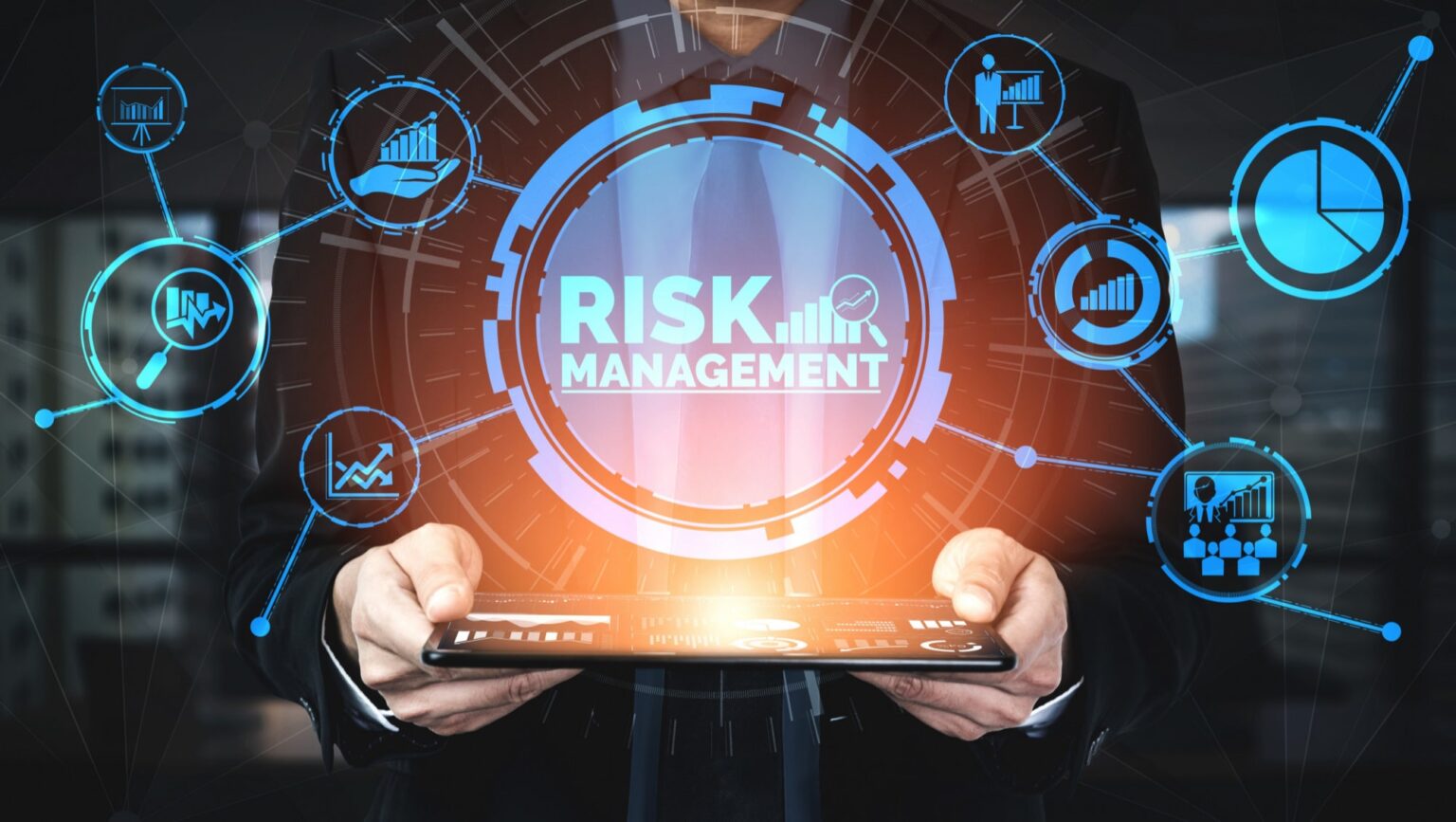Enhancing IT governance and risk management is crucial for CIOs to ensure IT compliance and mitigate potential risks within an organization. Here are key approaches that CIOs can take to strengthen IT governance and risk management:
Establish a robust governance framework: Develop a comprehensive IT governance framework that aligns with industry standards and best practices. Define clear roles, responsibilities, and decision-making processes within the IT organization. Establish policies, procedures, and guidelines that govern IT activities, including data management, cybersecurity, procurement, and project management.
Align IT with business objectives: Ensure that IT initiatives are closely aligned with the organization’s strategic objectives and business goals. Regularly communicate with business stakeholders to understand their needs and expectations. Collaborate with other business units to integrate IT governance into overall corporate governance practices. This alignment helps prioritize IT investments and ensures that IT initiatives contribute to the organization’s success.
Implement effective risk management practices: Establish a risk management framework to identify, assess, and mitigate IT-related risks. Conduct regular risk assessments to identify vulnerabilities and potential threats. Develop risk mitigation strategies and controls to address identified risks. Implement mechanisms to monitor, measure, and report on IT risks to senior management and relevant stakeholders.
Ensure regulatory compliance: Stay updated on relevant laws, regulations, and industry standards applicable to the organization. Establish processes to monitor and assess compliance with legal and regulatory requirements. Implement controls and procedures to ensure the protection of sensitive data, privacy, and information security. Collaborate with legal and compliance teams to address any compliance gaps and maintain a proactive approach to regulatory changes.
Foster a culture of accountability and transparency: Promote a culture of accountability and transparency within the IT organization. Clearly communicate IT policies, standards, and guidelines to all employees. Encourage employees to report potential risks, incidents, and non-compliance issues without fear of retaliation. Implement mechanisms for monitoring and auditing IT processes to ensure adherence to established policies and procedures.
Implement IT controls and performance monitoring: Establish IT controls and performance monitoring mechanisms to ensure that IT processes are operating effectively and efficiently. Implement controls related to access management, change management, incident management, and data protection. Regularly monitor and review IT performance against defined metrics and KPIs. Conduct audits to assess compliance with established controls and identify areas for improvement.
Develop a risk-aware culture: Promote a risk-aware culture across the organization by providing regular training and awareness programs. Educate employees about IT risks, cybersecurity threats, and their role in mitigating those risks. Encourage employees to report any potential security incidents or vulnerabilities. Foster a proactive approach to risk identification and mitigation by involving employees in risk management processes.
Collaborate with stakeholders: Engage with key stakeholders, including senior management, business units, legal teams, and external partners, to ensure effective IT governance and risk management. Collaborate with internal audit teams to align IT risk assessments with overall organizational risk assessments. Engage external experts or consultants, if required, to provide independent assessments of IT governance and risk management practices.
Continuously assess and improve: Regularly assess the effectiveness of IT governance and risk management practices through internal audits, benchmarking, and external reviews. Identify areas for improvement and develop action plans to address any gaps or deficiencies. Implement a continuous improvement process to enhance IT governance and risk management over time.
Stay informed and adapt: Stay abreast of emerging IT trends, technologies, and risks to ensure that IT governance and risk management practices remain relevant and effective. Attend conferences, participate in industry forums, and engage with professional networks to stay informed about the latest developments. Continuously adapt and update IT governance and risk management strategies to address evolving threats and regulatory requirements.



